How to landscape with moss in your yard – 5 unique ways to grow this versatile plant outdoors
Shade-loving and easy to maintain, there are so many ways to use moss to green up your outdoor space

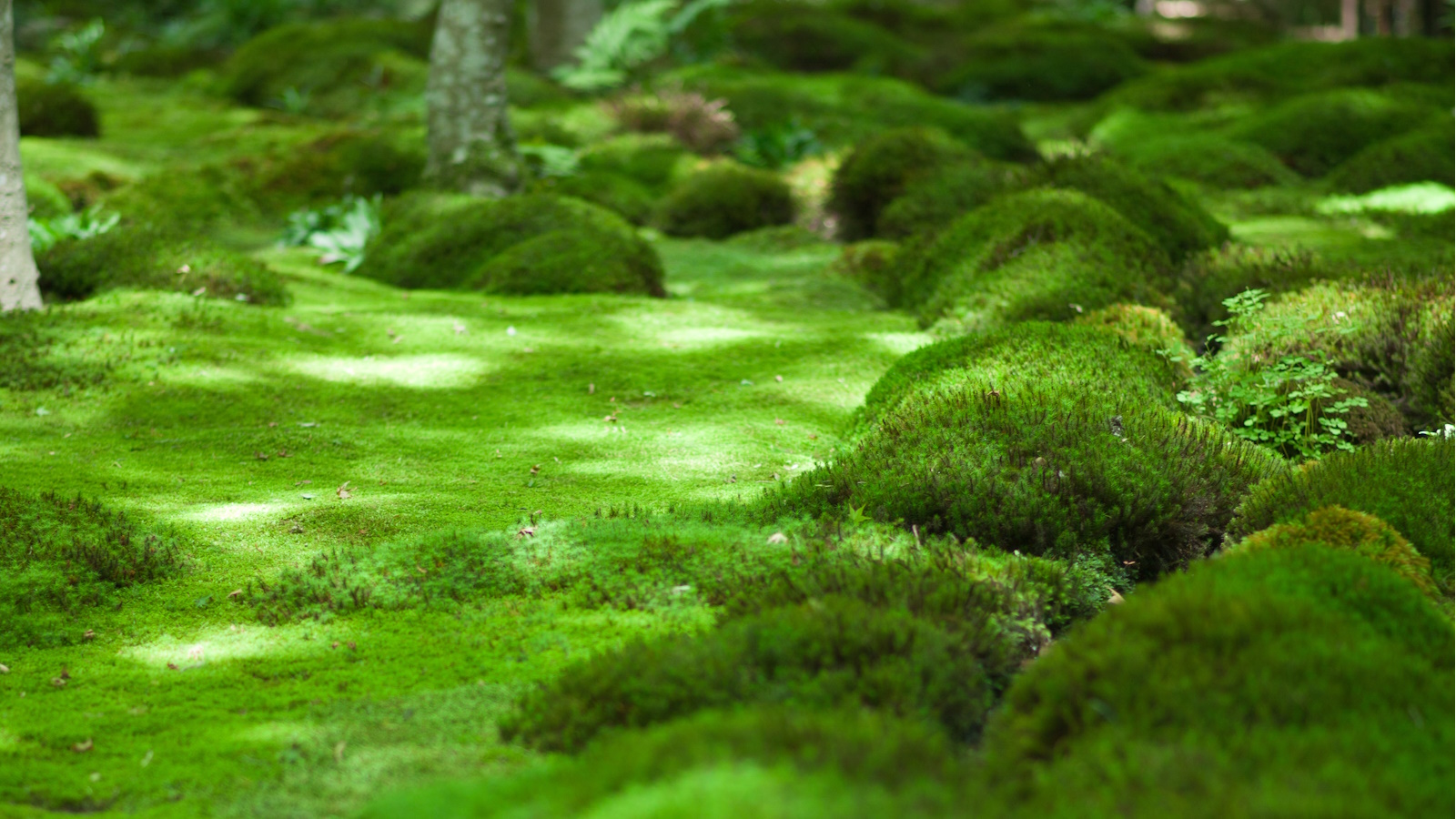
When curating your outdoor space, it's wise to include plenty of evergreen plants that will offer interest all year round. For something low-maintenance and guaranteed to keep your space green even in colder months, opt for moss.
Growing moss hasn't always been fashionable but gardeners are increasingly welcoming it as a versatile plant. There are so many backyard ideas that you can incorporate moss into - whether it's just a small feature or using it across a larger piece of land. Moss can uplift your space in a range of ways, it just takes a bit of creativity.
We've spoken to gardening experts to find out more about how to landscape with moss, and they gave us their suggestions for creating beautiful planting with this shade-loving plant.
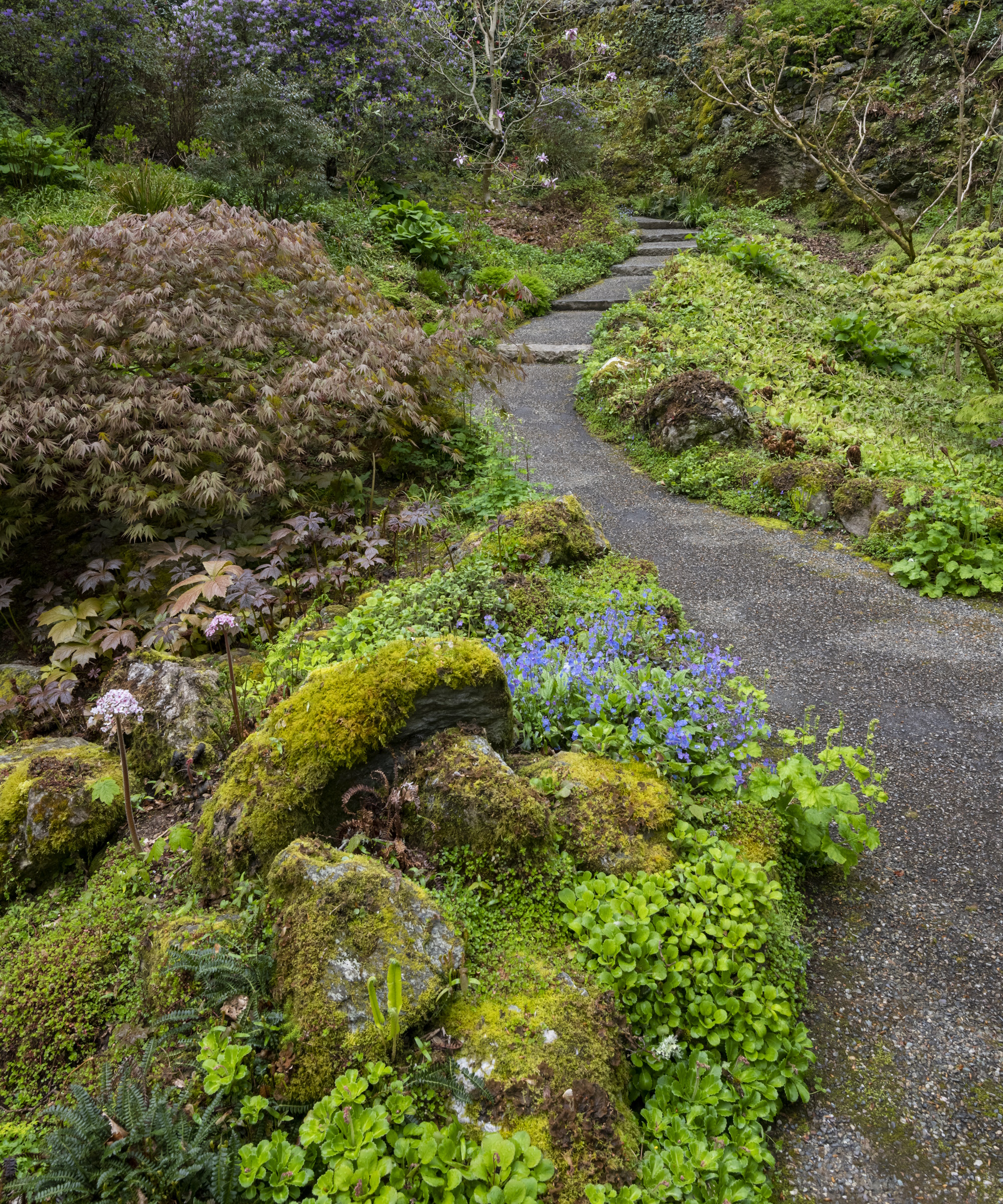
5 ways to landscape with moss in your yard
Moss will stay happy, so long as you keep moisture levels up. It can cope with some sunlight but does best in shadier environments. This makes it such a valuable plant to use in different spaces of your backyard, offering its bright green hue in your garden throughout the year. In fact, there are even different types of moss to choose from. Here are 5 different ways to incorporate moss in your backyard.
1. Use moss for ground cover
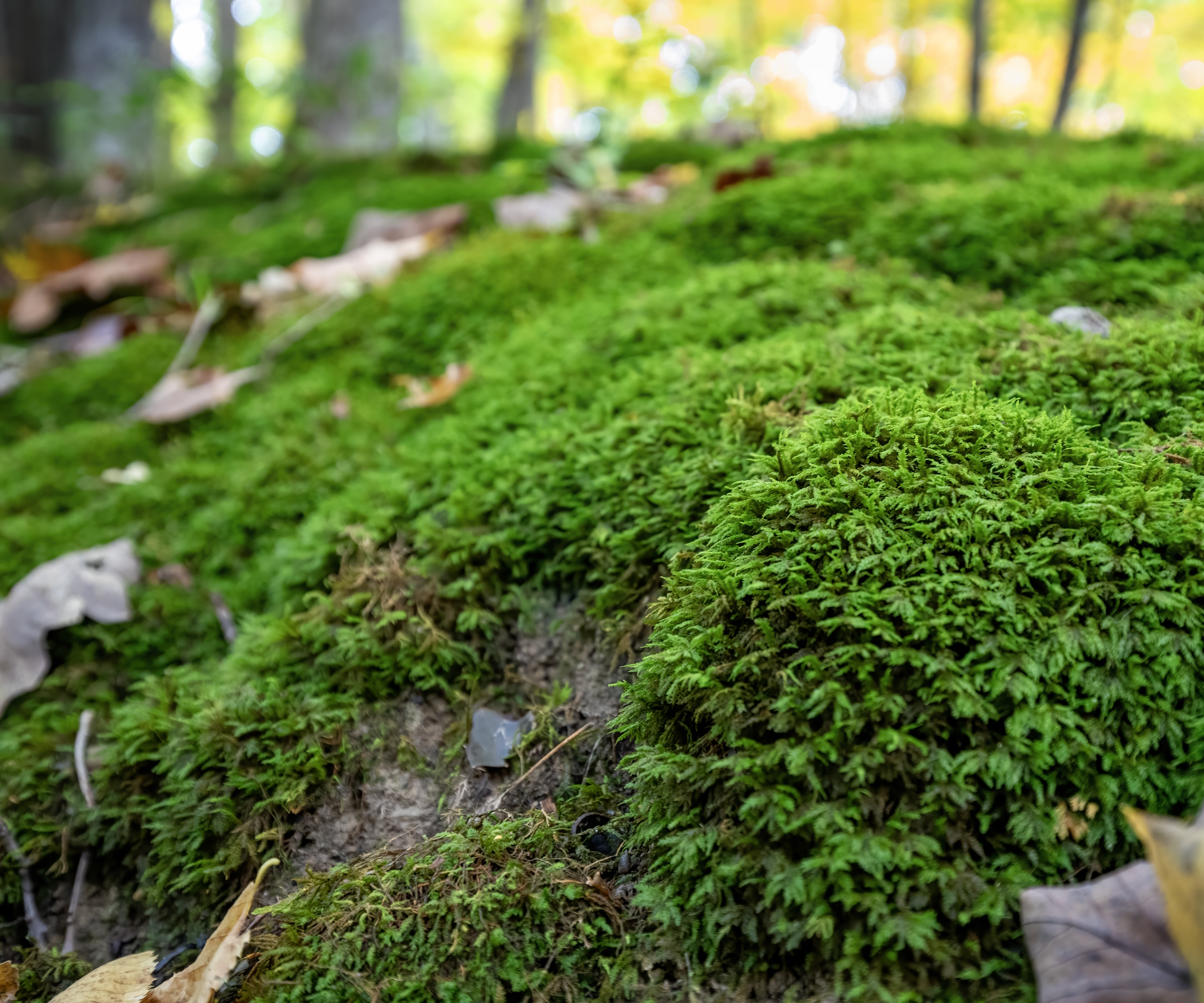
This first idea is the most obvious choice for using moss outdoors. Its low-maintenance nature and ability to be trampled on makes moss one of the best evergreen ground cover plants.
In fact, moss is a great choice for ground cover plants for shade because it does best in lower light conditions. That's why many choose to grow moss beneath trees and darker corners - plus, its vibrancy can help brighten up these areas.
'Moss prefers acidic, moist soil conditions, so it's crucial to choose the appropriate species for your climate and soil type,' notes gardening expert, Jana McDaniel of First Saturday Lime.
Design expertise in your inbox – from inspiring decorating ideas and beautiful celebrity homes to practical gardening advice and shopping round-ups.
Moss grows best across US hardiness zone 4 to zone 8 and if you are going to grow it directly on the ground, it's key to make sure your soil type can support it. Using this soil test from Amazon can help you determine the pH level of the soil in your yard.

Jana is a gardening expert and founder of First Saturday Lime, an eco-friendly pest control company. She has grown up tending to gardens and animals and now advises on different gardening matters.
2. Grow moss between paving stones
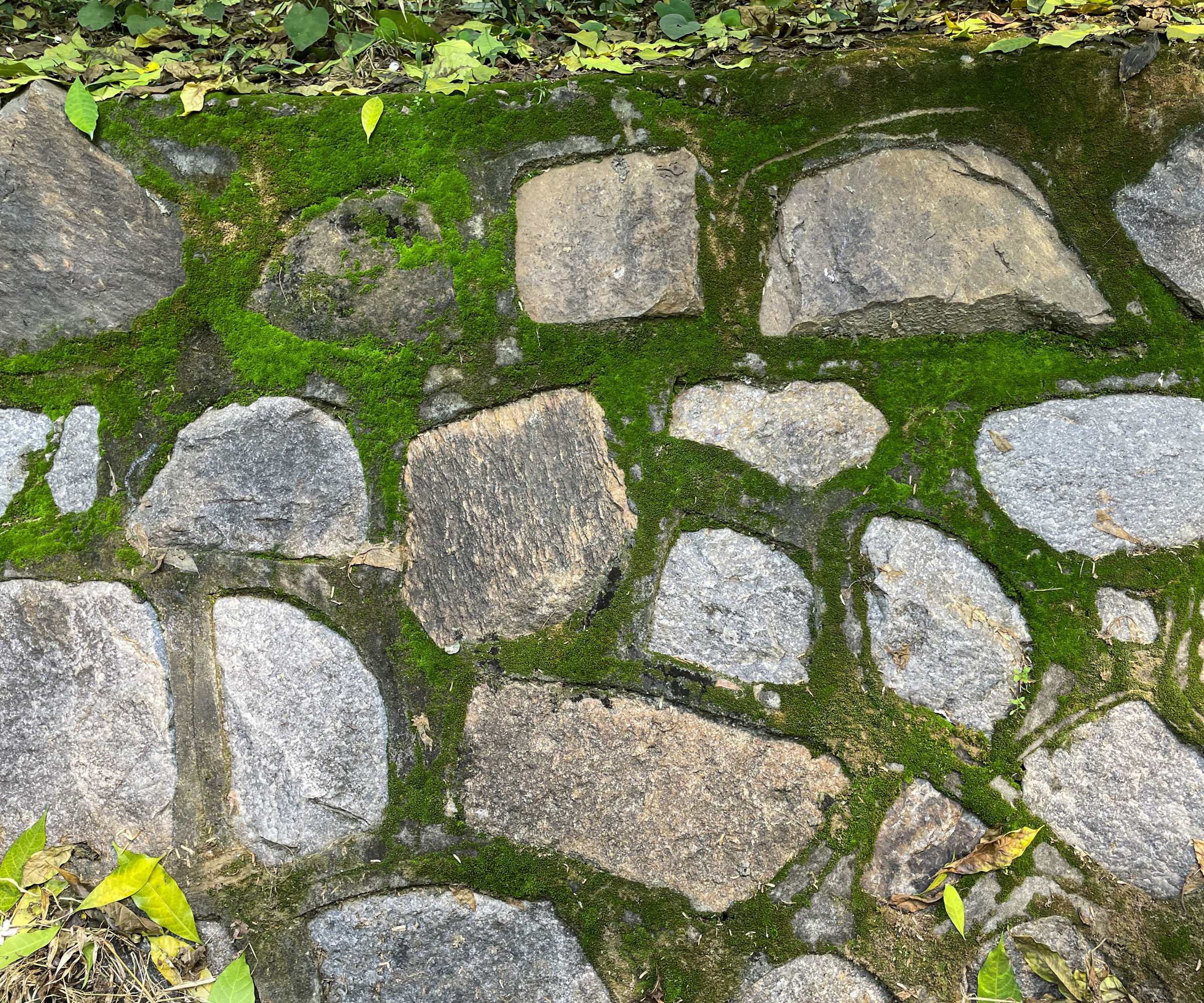
As well as using moss on a vast area of your yard, it's can also be used as a filler plant. Using moss between paving slabs is a great way to make your garden path look more appealing and softens harder garden features.
It makes a green alternative to using chippings and can unite the more heavily planted areas of your yard with harder landscaping. In fact, using moss between paving is also a great way to incorporate plants among stone without weeds, saving you a job of removing weeds from pavers.
'You can also create winding moss-covered paths through your garden,' suggests Jana. 'This adds a touch of whimsy and a sense of adventure,' she adds.
In a similar way to creating paths through lawn, you can lay moss as a walkable ground cover plant for paths in your yard.
3. Grow moss in rock gardens

Another way to use moss as a filler plant is by incorporating it in the crevices and surfaces of rock gardens. The bright green contrasts strikingly with the darker color of rock, making it one the most effective plants for a rockery.
This will work especially well if you are creating a shady rock garden, where moss can thrive in a dark, damp environment. 'You want to make sure the rock garden has a smooth surface for moss. Make sure it's in a shady area out of direct sunlight,' notes Jamie Mitri, moss expert and founder and CEO of Moss Pure.
What's more, there are so many ways to build a rockery, so you can use moss in this way no matter what space you have available. You could even try making a mini rock garden in a container, like with this concrete planter from Amazon.
'You should use containers that will allow some ventilation for the moss. A popular option is to cover plant pots and soil with moss around it,' says Jamie.
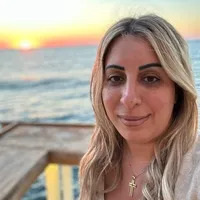
Jamie is a moss expert and the founder and CEO of Moss Pure, a start-up created in June 2020 at the MIT Lebanon Challenge, where it won first place in the health, energy, and waste management track. Jamie advises on different ways to innovatively use moss both indoors and outdoors.
4. Use moss in vertical planting

If you want to landscape with moss for impact, use it for vertical gardening and create a living wall. This can often be a beautiful feature for patio areas and outdoor living rooms, adding unique texture to these spaces.
'This technique involves attaching moss mats or plugs to a suitable backing material, such as wire mesh or burlap, and keeping them consistently moist,' says Jana.
It can be difficult initially, but creating a vertical garden is a fun and rewarding project to take on. You might find that using something like this wall planter from Amazon can help you set up your vertical garden. Just take care to keep your vertical moss well-watered so that it doesn't crisp up and lose its color.
Moss is also known for its air purifying qualities, which is why many also grow it as an air cleaning indoor plant. By using it in vertical gardening, moss can help make your outdoor seating areas feel fresh and welcoming to guests.
5. Hang kokedama as outdoor decorations

Not technically landscaping, but for a touch of class in your yard take influence from Japanese gardens. Moss is used throughout Japanese planting, but one of the most charming ideas is to make kokedama.
Kokedama is a traditional Japanese solution to plants for hanging baskets. It involves making a ball of soil with a plant growing out of it and then wrapping the ball with moss. It can be used indoors or outdoors and adds a naturalistic touch to suspended plants.
It's easy to make your own kokedama with this sheet of moss from Amazon, or you can use kits like this kokedama kit from Walmart.
There are plenty of plants that can be grown in kokedama, but take care to move it to a larger moss ball as it grows bigger. It's also wise to keep your kokedama moss well-hydrated by misting it often to help maintain its color.
FAQs
Why has my moss turned brown?
Moss will turn brown if it isn't in the right growing conditions. The main cause of moss discoloration is a lack of moisture, as these plants really thrive in damp environments. This is particularly a risk if you are growing moss in a container where it will dry out quicker. The best thing to do is to keep your moss in a moist environment, misting it regularly to boost humidity in the air around it.
Don't underestimate the value of landscaping with moss in your yard. This beautiful green plant can brighten up the darkest corners of your outdoor space and can be used in a range of unique garden features.
If you want to start using moss more in your gardening, explore our expert guide to growing moss indoors and use it to spruce up your interiors.

Tenielle is a Gardens Content Editor at Homes & Gardens. She holds a qualification in MA Magazine Journalism and has over six years of journalistic experience. Before coming to Homes & Gardens, Tenielle was in the editorial department at the Royal Horticultural Society and worked on The Garden magazine. As our in-house houseplant expert, Tenielle writes on a range of solutions to houseplant problems, as well as other 'how to' guides, inspiring garden projects, and the latest gardening news. When she isn't writing, Tenielle can be found propagating her ever-growing collection of indoor plants, helping others overcome common houseplant pests and diseases, volunteering at a local gardening club, and attending gardening workshops, like a composting masterclass.